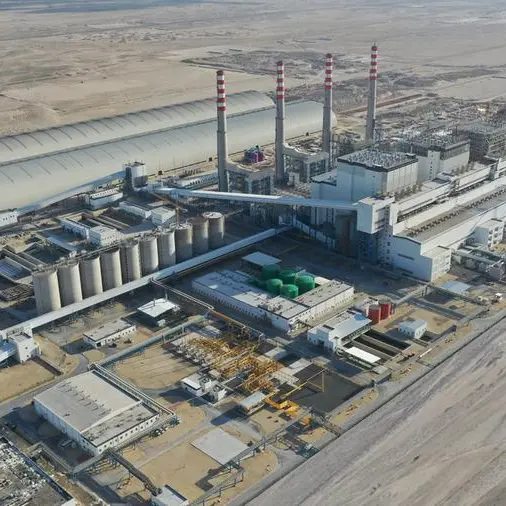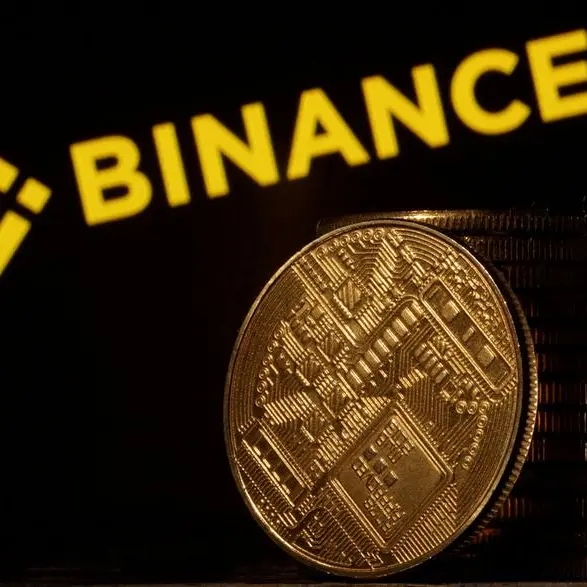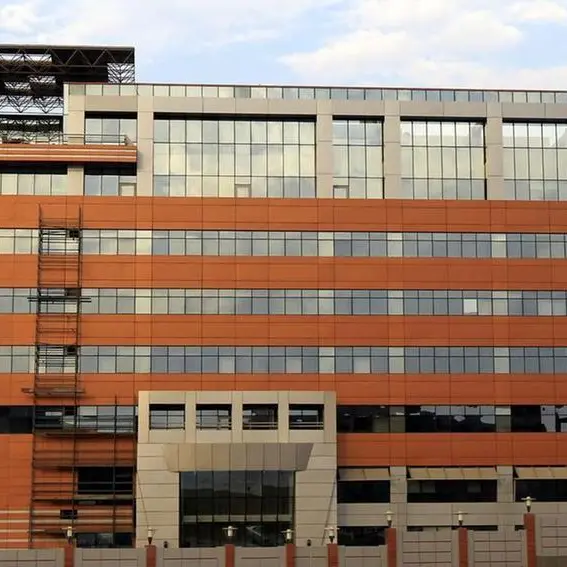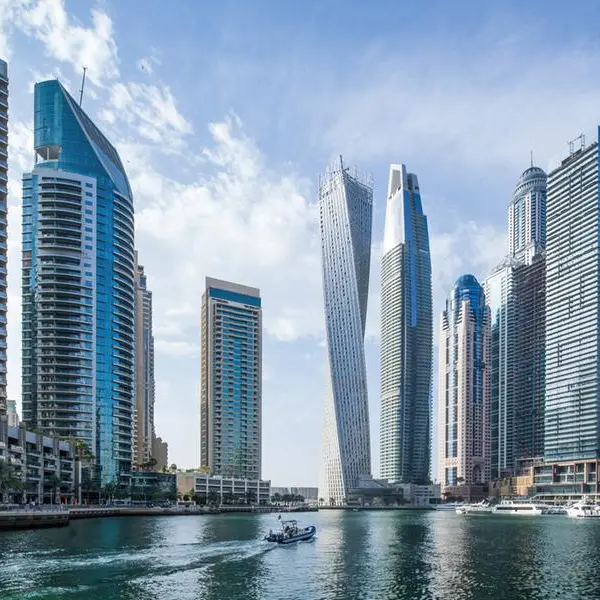PHOTO
The collapse in the price of oil, which began in June 2014, came as a surprise to industry analysts and insiders. They were quick to place blame on OPEC, for its perceived high production, and on China for slowing demand. The truth includes some of these elements but it is not the entire story. So before we highlight the new opportunity for Islamic finance over the coming years and for Sukuk in particular and the effects of low oil prices on the Islamic finance market, we need to take a look at the real causes for the collapse in oil prices along with the effects on Gulf Cooperation Council (GCC) countries.
Reasons for the collapse in the price of oil
To see what is happening in the oil market, we need to go back in time to see how the price has fluctuated. In Figure 1, the price of oil, in this case the price of Brent Crude, the industry benchmark, traded below $40 per barrel until the summer of 2004. During the 1990s, the price traded in a range between $12 and $36 per barrel. If we went back further in time we would see a similar trading range.
What happened in since 2004 can be attributed to several factors; rising global demand driven by China, India and other emerging markets, slow growth in new supply to satisfy this rising demand and the financialization of the oil market. By financialization, I mean the development of financial instruments designed to either hedge the price of oil or offer investors an opportunity to gain from the rise in the price of oil. This is where the price of oil started its spectacular rise from a low of $30 per barrel in early 2004 to a record high of over $140 in July 2008. This specular rise that lasted nearly four years was followed by an even more spectacular fall that erased the entire four year rise in just four short months. A look at Figure 1 shows a clear speculative bubble that burst. This was not driven by supply and demand factors, but rather by traders and speculators betting on the market. In 2005, for example, the first oil exchange trade funds (ETFs) and exchange traded notes (ETNs) were launched giving the average investor for the first time a chance to speculate on the price of oil. The phenomenon was not unique to the oil market; nearly every major commodity followed the same path as investment firms raced to find the next asset class to offer investors.
Needless to say the price crash in 2008, which was sparked by the Global Financial Crisis, was short-lived. No soon after the price bottomed in December 2008 did it start rising again reaching $125 per barrel in May 2011. From then until June 2014, oil traded above $100 per barrel for most of the time. When oil began crashing again, analysts and industry experts cited falling demand, mainly from China, oversupply from OPEC and new supply from a forgotten oil producer, the U.S., as the reasons for the crash. While there is some truth to this, it still doesn't explain a 60% drop in such a short time. Besides, the International Monetary Fund (IMF), the World Bank and the International Energy Agency (IEA) were talking of oversupply in 2011. If oversupply was the main cause, why did it take four years for the market to respond?
I believe that much of the blame for the fall in the price of oil can be traced back to the U.S. Federal Reserve and financialization of the market as I explain above. The Federal Reserve deserves much of the blame due to its zero interest rates policies (ZIRP) that it has kept in place since the financial crisis as a way to stimulate the U.S. economy. What it ended up doing in the process, along with a host of other unintended consequences, was to push investors away for safe assets and into riskier assets as they ran for higher yields. In this case, investors rushed to invest in the U.S. shale oil industry. Cheap money and high oil prices finally made shale oil attractive and banks were not shy about giving the industry money. The shale oil industry is estimated to have borrowed over $1.2 trillion since 2008. The flood of money into the shale industry transformed the U.S. into a wildcard oil producer. The rapid rise in production was not anticipated by OPEC or other oil producers. When China started to slowdown along with emerging markets, traders and speculators finally gave up on the oil market causing a collapse in price. Shale producers are now stuck. Many were not profitable at $100 per barrel and are now faced with bankruptcy unless they can continue to refinance their debt and get new funding, which is highly unlikely at this stage.
The effects on the GCC
GCC countries have been through similar price fluctuations in the past. Though they may not have anticipated this crash, history has taught them to always be prepared and plan for the future. Kuwait, for example, was one of the first oil producers in the world to plan for when it runs out of oil by setting aside a percentage of oil revenues every year for when this happens. The Kuwait Investment Authority (KIA) was setup to manage this money which is estimated to be over $400 billion today. All other GCC countries have similar investment funds today.
What is different today, however, from the price collapse of the 1980s, is the fact that GCC countries have much larger populations and budgets. To maintain their standards of living and to be able to offer all the social benefits to their citizens, GCC countries have constantly developed their budgets to meet these needs based on the belief that the price of oil will remain relatively high. Out of all the GCC countries, however, Kuwait is in the best position. According to a recent IMF report, Kuwait has a relatively modest budget compared with its neighbors and is able to meet its budget at an average annual price of oil of $54/pbl. Other GCC countries require much higher oil prices to meet their budgets, otherwise they must borrow from the market. Saudi Arabia needs an average price of oil to be $97.5 otherwise it must finance the rest. Bloomberg, in a recent news report, estimates that Saudi Arabia will need to issue SAR 20 billion in bonds per month to meet its budget this year alone. If the price of oil falls further, it will have to issue even more. The U.A.E. is in a similar position as you can see from Figure 2.
One of the reasons Kuwait has been able to maintain a relatively modest budget is because it has spent less on infrastructure and other mega-projects. Analysts cite Kuwait's internal politics for the reasons it has not kept up with its neighbors in development. Today, GCC members realize that their big budgets cannot continue. Saudi Arabia has already started looking for ways to trim its budget. Kuwait, after years of putting projects on hold may now have a legitimate reason to do so.
If we go back in history to see how GCC countries managed their budgets through periods of cheap oil we can see that cutting spending on big projects and infrastructure spending tend to come first. For Kuwait, this means that the much needed infrastructure development will be placed on hold, again. Healthcare and education spending will be next, but they are sensitive items to cut. What are most sensitive, however, are the generous subsidies and welfare programs that are too politically dangerous to cut, but at some point will be necessary to cut, especially if the price of oil remains low for several years.
The GCC is in a strong position to withstand the low price of oil. According to the World Bank (Figure 3), it expects the price of oil to recover slowly over the next three years, but we will not see $100 oil any time soon. The World Bank, however, keeps revising its forecast lower as the price has yet to find a bottom. Low oil prices will have long-lasting effects not only on how GCC countries develop, but also on global financial markets as the amount of petrodollar circulating back to developed markets shrink. For Kuwait, a prolonged slump in oil prices means that the private sector will need to step up and take on roles traditionally held by the government. The country has had some success in this as the years of slow development have opened the door for the private sector to come in. In recent years, the private sector has successfully developed shopping malls, hospitals and private schools. As a result, the private sector in Kuwait is in a good position to take on projects put on hold by the government.
The effects of low oil prices on the Islamic finance market
As with conventional financial markets, a prolonged slump in the price of oil will have significant effects on GCC economies. These economies are heavily dependent on government projects and spending. As stated earlier, one of the first items governments will cut from their budgets are development and infrastructure projects. This will directly impact GCC banks by way of reduced lending and financing to companies involved in these projects. The slowdown of government spending will be felt throughout the finance industry. Less financing means less economic growth, coupled with an already depressed oil price, will only compound the effects of the slowdown. In addition, as government oil revenues decline, government deposits in the banking system will decline putting further pressure on bank capital ratios as the leading rating agencies have recently noted. Signs of a slowdown in government spending and a withdrawal of deposits are already being seeing in GCC banks, both Islamic and conventional.
One of the few bright spots in a low oil price environment is the Sukuk market.
During the last period of cheap oil in the 1980s and 1990s the Sukuk market was not yet developed. GCC governments at the time resorted to issuing conventional bonds. This time around, they will be more interested in issuing Sukuk both in local currency as well as in U.S. dollars. This will give a much needed boost to the Sukuk market trying to deal with the recent slowdown in issuance sparked by the brewing crisis in emerging markets.
Tariq Al-Rifai
Tariq Al-Rifai is an author, writer and advisor on Islamic finance. He is a leading authority on Islamic funds and investment products and is an active speaker and educator at industry events globally. Tariq has previously served as Global Director of Islamic Indices at S&P Dow Jones Indices in Dubai, Vice President of UIB Capital in Chicago, and Vice President of HSBC's Islamic Banking department in New York. In 1996, he founded Failaka Advisors, the first organization to monitor and publish research on Islamic funds. He is the author of a new book titled Islamic Finance and the New Financial System, which looks into Islamic finance in search of solutions to a system prone to financial crises.
© Business Islamica 2015












